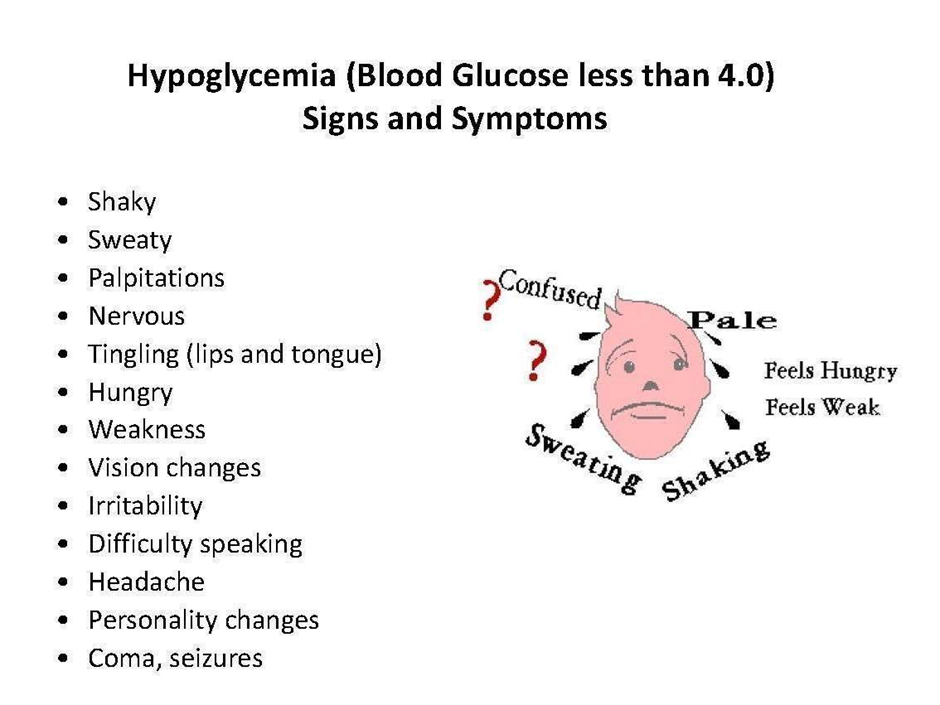A nurse is preparing to administer 10 units of regular insulin and 20 units of NPH insulin to a client who has diabetes. Identify the steps the nurse should take when preparing the two insulins. (Move the steps into the box on the right, placing them in the selected order of performance. Use all the steps.)
Inject 10 units of air into the regular insulin vial.
Inject 20 units of air into the NPH insulin vial.
Withdraw 10 units of air from the regular insulin vial.
Withdraw 20 units of air from the NPH insulin vial.
The Correct Answer is B, A, C, D
B. Inject 20 units of air into the NPH insulin vial. Injecting air into the NPH vial first helps equalize the pressure. A. Inject 10 units of air into the regular insulin vial. This prepares the regular insulin vial for withdrawal without creating a vacuum. C. Withdraw 10 units of regular insulin. After injecting air into the regular insulin vial, withdraw the regular insulin first to avoid contaminating it with the NPH insulin. D. Withdraw 20 units of NPH insulin. Finally, withdraw the NPH insulin after the regular insulin.
Nursing Test Bank
Naxlex Comprehensive Predictor Exams
Related Questions
Correct Answer is C
Explanation
A. Dry mucous membranes:
Explanation: Dry mucous membranes are not typically associated with hypoglycemia. Instead, they might be seen in conditions such as dehydration.
B. Fruity breath odor:
Explanation: Fruity breath odor is more commonly associated with diabetic ketoacidosis (DKA), which is a complication of hyperglycemia, not hypoglycemia.
C. Diaphoresis:
Explanation: Diaphoresis, or excessive sweating, is a common manifestation of hypoglycemia. It results from the activation of the sympathetic nervous system in response to low blood sugar levels.
D. Polyuria:
Explanation: Polyuria, or increased urination, is not a typical manifestation of hypoglycemia. It is more commonly associated with hyperglycemia and diabetes.

Correct Answer is A
Explanation
A. Iron:
Function: Iron is essential for the formation of hemoglobin, a protein in red blood cells that carries oxygen from the lungs to the rest of the body. It is vital for oxygen transport and overall cellular function.
Relevance: Iron deficiency can lead to anemia, characterized by reduced oxygen-carrying capacity of the blood, resulting in fatigue, weakness, and other symptoms.
B. Magnesium:
Function: Magnesium is involved in various cellular processes, including muscle and nerve function, blood glucose control, and bone health.
Relevance: While magnesium has important functions in the body, it is not directly involved in the transport of oxygen like iron.
C. Phosphorus:
Function: Phosphorus is a key component of DNA, RNA, and ATP, playing a role in energy metabolism, bone health, and acid-base balance.
Relevance: While important for cellular processes, phosphorus is not specifically linked to the transport of oxygen.
D. Potassium:
Function: Potassium is crucial for maintaining proper fluid balance, nerve impulses, and muscle contractions.
Relevance: Potassium is not directly involved in the transport of oxygen; its primary functions are related to electrolyte balance and cellular activities.
Whether you are a student looking to ace your exams or a practicing nurse seeking to enhance your expertise , our nursing education contents will empower you with the confidence and competence to make a difference in the lives of patients and become a respected leader in the healthcare field.
Visit Naxlex, invest in your future and unlock endless possibilities with our unparalleled nursing education contents today
Report Wrong Answer on the Current Question
Do you disagree with the answer? If yes, what is your expected answer? Explain.
Kindly be descriptive with the issue you are facing.
